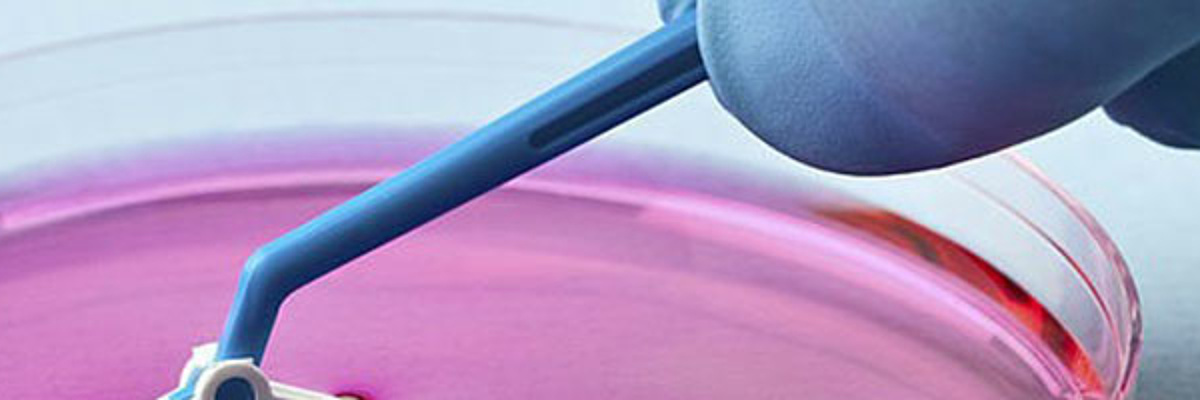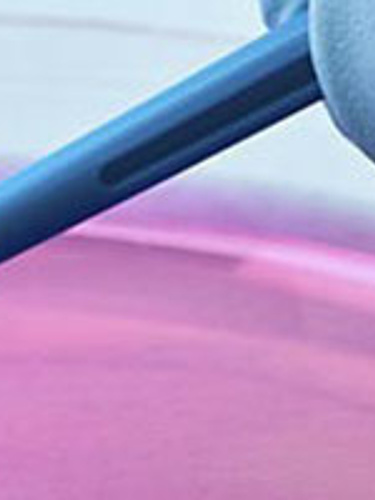


The recently published judgement of the Court of Justice of the European Union (“CJEU”) dated 9 July 2020 (C-673/18 - Santen) does not merely concern supplementary protection certificates (“SPCs”), which can extend the term of patent protection by up to five and a half years. The judgment affects pharmaceutical industry and research as well as public health within the European Union.
The CJEU decided that Article 3(d) of Regulation (EC) No 469/2009 (“the regulation”) of the European Parliament and of the Council of 6 May 2009 concerning SPCs for medicinal products must be interpreted as
meaning that a marketing authorization (“MA”) cannot be considered to be the first MA, for the purpose of that regulation, where it covers a new therapeutic application of an active ingredient, or of a combination of
active ingredients, and that active ingredient or combination has already been the subject of a MA for a different therapeutic application.
Facts and Findings of the Case
Santen is a French pharmaceutical laboratory specialized in ophthalmology. Santen holds a European patent which protects an ophthalmic emulsion in which the active ingredient is ciclosporin, an immunosuppressive agent.
Santen obtained a MA, granted by the European Medicines Agency for a medicinal product marketed under the name “Ikervis”. The active ingredient of “Ikervis” is ciclosporin. “Ikervis” is used to treat severe keratitis in adult patients with dry eye disease that has not improved despite treatment with tear substitutes, causing inflammation of the cornea.
On the basis of the patent and the MA, Santen filed an application for a SPC for a product called “Ciclosporin for use in the treatment of keratitis”.
The French patent offce INPI rejected that SPC application, taking the view that the MA at issue was not the first MA, for the purpose of Article 3(d) of the regulation, for ciclosporin.
In fact, in 1983, a MA had been granted for a medicinal product, that also had ciclosporin as its active ingredient. That medicinal product was formulated as oral solution and was indicated for preventing the rejection of solid organ and bone marrow grafts and for other therapeutic applications, including the treatment of endogenous uveitis, an inflammation of all or part of the uvea, the middle part of the eyeball. In summary, the formulation and the therapeutic application of Santen’s medicinal product was different to that medicinal product with the MA of 1981.
Santen filed appeal against that rejection and sought the annulment of that decision or to refer to the CJEU for a preliminary ruling concerning the interpretation of Article 3(d) of the regulation. The Court of Appeal decided to stay the proceedings and to refer several questions to the CJEU.
After almost a decade of uncertainty and toleration of SPCs for further therapeutic applications, the CJEU’s answer to these questions leaves no wiggle room to the interpretation of Article 3(d) of the regulation. The CJEU’s answer will likely lead to refusal of applications for SPCs for further therapeutic applications, including that of Santen.
Article 3(d) of the regulation and related Case Law
In brief, according to Article 3(d) of the regulation, a SPC shall be granted if, in the Member State a MA has been granted for the product and that MA is the first MA for that product.
According to Article 1(b) of the regulation, the term “product” means the active ingredient or combination of active ingredients of a medicinal product.
The literal interpretation of these Articles actually leaves de facto no room for the issuance of SPCs based on new therapeutic applications of an active ingredient with prior MA.
Nevertheless, in a judgement of the CJEU of 2012 (C-130/11 - Neurim) the CJEU departed from the literal interpretation of the regulation. In this judgment, the CJEU did not find a previous veterinary MA of one active ingredient preclusive for the grant of a SPC for a different therapeutic application of the same active ingredient in human. While this judgment and its significance for other cases remained disputed, SPCs for further therapeutic applications were subsequently generally granted in European countries.
In the light of the new judgment, this practice should be past. The judgment clearly states that a MA cannot be considered to be the first MA, for the purpose of that regulaton, where it covers a new therapeutic application of an active ingredient, or of a combination of active ingredients, and that active ingredient or combination has already been the subject of an MA for a different therapeutic application.
The Advocate General’s Opinion in a related CJEU case of 2019 (C-443/17 - Abraxis) may now be consider as harbinger for the present restrictive judgment. In the light of the Advocate General’s restrictive Opinion and his literal interpretation of the regulation in the Abraxis case, the CJEU judged in Abraxis that SPCs shall not be granted for a new formulation of an active ingredient with prior MA.
Interestingly, the European Commission participated in the Abraxis Proceedings and seemed not to prefer a literal interpretation of Article 3(d) of the regulation. Contrary to this, the last amendment of the regulation on 20 May 2019 did not include any amendments concerning Article 3(d) of the regulation.
Consequences & Outlook
The judgment is of high relevance for innovative pharmaceutical companies. The “Verband Forschender Arzneimittelhersteller e.V.” recorded 63 market entries of innovative medicinal products in 2019 in Germany. Only 25 (40 %) thereof comprise new active ingredients, 6 (10 %) thereof comprise new combinations of active ingredients. 18 market entries (29 %) relate to new therapeutic applications of an active ingredient with previous MA. 14 market entries (22 %) relate to a new formulation of an active ingredient with previous MA.
In the light of the Santen judgment, 29 % of these innovative medicinal products cannot be subject matter of a SPC. When the Abraxis judgment is considered in addition, 51 % of innovative medicinal products of 2019 cannot be subject matter of a SPC.
While the literal interpretation of Article 3(d) of the regulation will allow earlier market access for the generic industry and reduced costs for public health systems, the judgment also reduces the incentive for developing innovative pharmaceutical products.
In 2019, the European Parliament and Council adopted the SPC manufacturing waiver, thus improving international competitiveness of the European generic industry and allowing stockpiling of a medical product within the European Union for day-1 entry into the European market after SPC expiration. It would be pleasing to see that the European innovative industry is supported in a comparable way, strengthening the European Union as a center of pharmaceutical innovation.
» Santen - Clear Judgment by the Court of Justice of the European Union (PDF)
Further information:
Dr. Tobias Wuttke & Dr. Tobias Popp
Meissner Bolte | Widenmayerstrasse 47 | 80538 Munich, Germany
T +49-89-21 21 86-0 | F +49-89-21 21 86-70 | E-mail: mail@mb.de